Step into the realm of architectural brilliance where concrete meets elegance, unveiling a world where raw materials shape poetic structures that stand as testaments to human ingenuity and vision.
As the sun sets over the city, casting shadows that dance along the imposing facades, one can’t help but ponder the stories etched in each surface.
The fusion of strength and grace beckons exploration, inviting admirers to uncover the hidden narratives woven into the very foundations of these architectural marvels.
Key Points
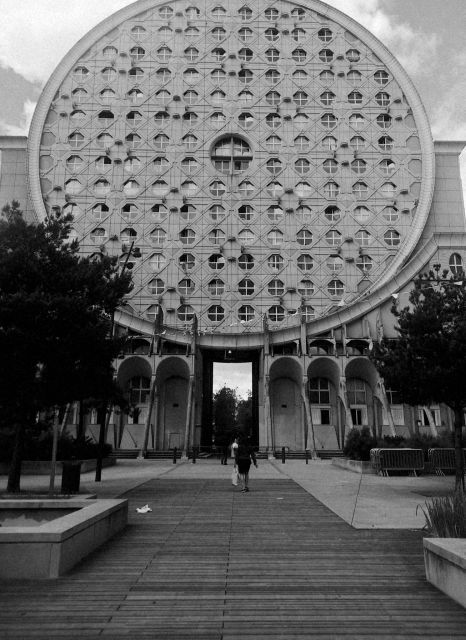
- Brutalism architecture embodies raw, elegant concrete structures.
- Functionality and simplicity take precedence over ornamentation.
- Paris showcases notable Brutalist masterpieces, adding to its architectural diversity.
- Concrete’s unique aesthetic evokes strength, timelessness, and artistic innovation.
History and Significance of Brutalism
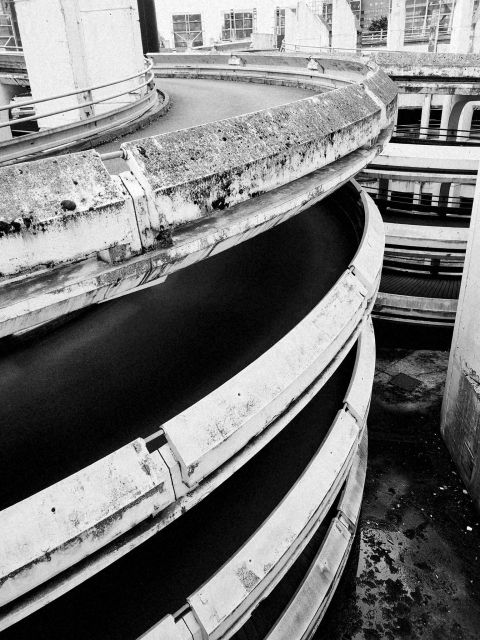
Diving into the history and significance of Brutalism reveals a captivating narrative of architectural evolution and artistic rebellion. The brutalist movement emerged post-World War II, focusing on raw, exposed concrete structures that aimed to make a bold statement.
This architectural style had a profound impact on urban planning by prioritizing functionality over ornamentation, often integrating large-scale housing projects and institutional buildings into the urban fabric. Brutalism sought to create honest, robust structures that reflected the societal aspirations of the time.
Notable Brutalist Architecture in Paris
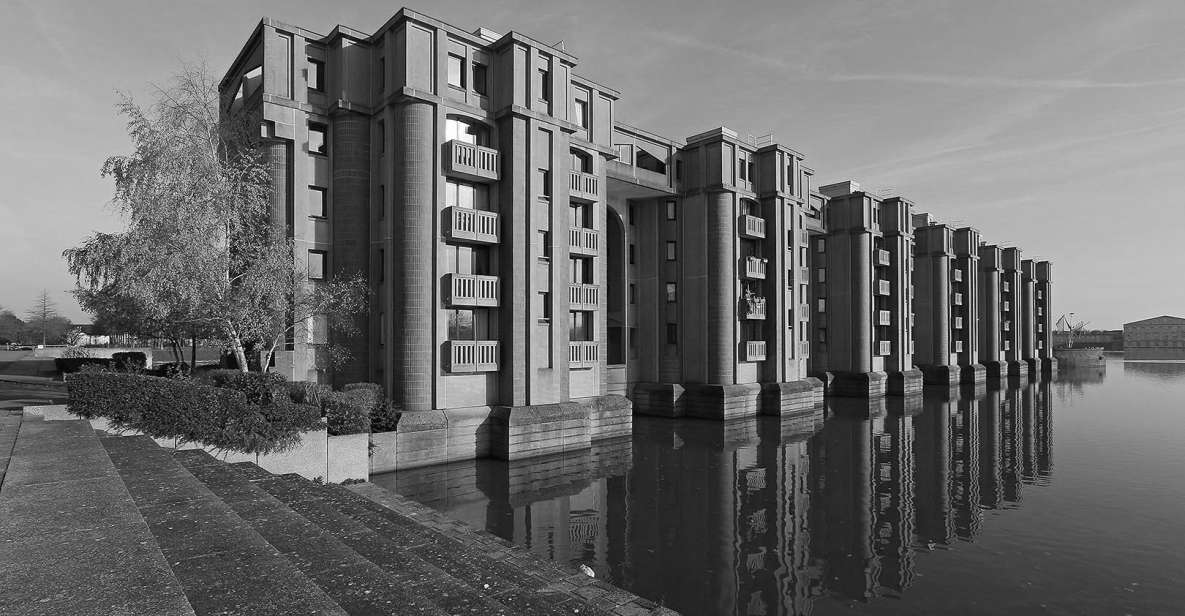
What captivating Brutalist architectural gems await exploration in Paris? Paris, a city known for its rich history and stunning architecture, also boasts notable Brutalist structures that blend into its urban landscapes. When exploring modernism in the city, one cannot miss iconic works like the Palace of Justice of Créteil and the visionary Viaduct of Montigny by Ricardo Bofill. Plus, visitors can be surprised by the unique aesthetics of the Niemeyer Space and the Maison du Brésil at the Cité universitaire, all contributing to the diverse architectural tapestry of Paris. These structures not only showcase the beauty of Brutalism but also offer a deeper insight into the artistic expression and significance of concrete structures in contemporary urban environments.
| Notable Brutalist Architecture in Paris | |
|---|---|
| Palace of Justice of Créteil | Viaduct of Montigny |
| Niemeyer Space | Maison du Brésil |
Unique Aesthetic of Concrete Structures
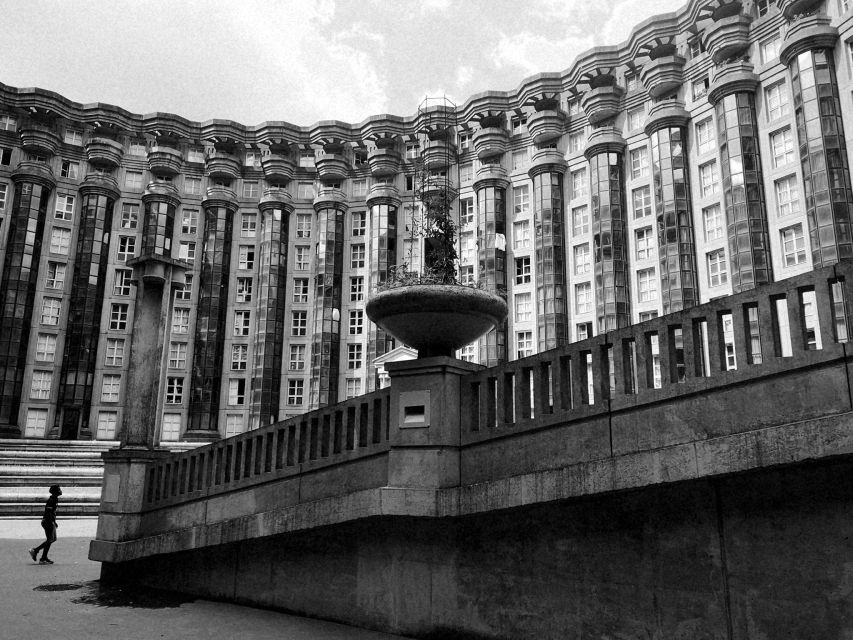
With an unyielding elegance, concrete structures in architecture showcase a unique aesthetic that captivates the eye and stirs the imagination. The concrete beauty found in Brutalist buildings isn’t just about raw material; it’s a testament to the Brutalism charm that emanates from their bold, imposing forms.
These structures, with their rugged exteriors and geometric shapes, evoke a sense of strength and timelessness. The play of light and shadow on the textured surfaces creates a dynamic interplay that adds depth and character to these architectural marvels.
From the imposing Les Espaces d’Abraxas to the poetic Maison du Brésil, each building tells a story of artistic expression and innovative design that continues to inspire and awe visitors.
Architectural Masterpieces in Paris
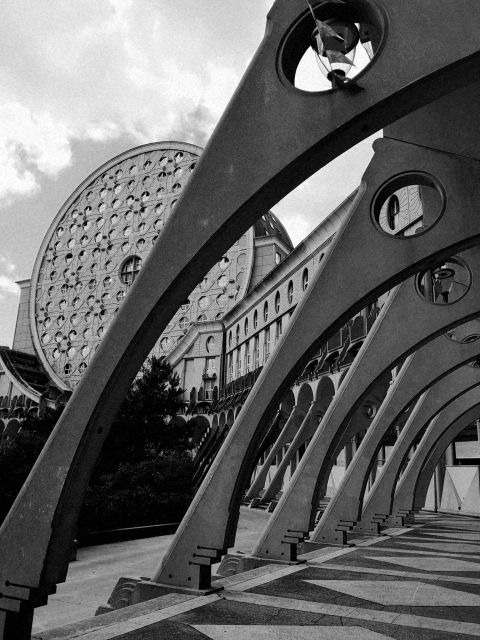
The architectural masterpieces scattered across Paris stand as a testament to the city’s rich history of innovative design and artistic expression. Influenced by Brutalism, these structures blend stark functionality with artistic flair, creating a unique urban landscape.
From the imposing Palace of Justice of Créteil to the visionary Viaduct of Montigny by Ricardo Bofill, each building tells a story of modern interpretations of concrete beauty. Iconic works like the Niemeyer Space and the Maison du Brésil at the Cité universitaire surprise visitors with their bold shapes and poetic presence.
These architectural wonders not only showcase the talent of their creators but also invite onlookers to appreciate the artistic expression and deeper significance embodied in these Brutalist-influenced masterpieces.
Appreciating Brutalist Artistry
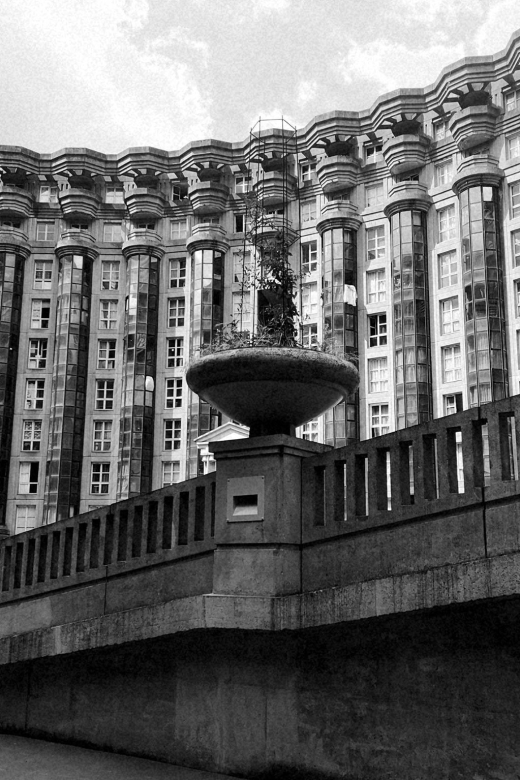
Dive into the intricate world of Brutalist artistry, where raw concrete transforms into captivating architectural masterpieces that challenge traditional design norms.
-
Exploring Textures: Brutalist architecture embraces the rough, unfinished textures of concrete, creating a unique sensory experience for viewers.
-
Minimalist Beauty: In its simplicity and starkness, Brutalism finds beauty. The minimalist approach highlights the purity and essence of the structures.
-
Bold Statements: Brutalist buildings make bold statements, standing out in their urban environments with uncompromising designs that provoke thought and contemplation.
-
Timeless Appeal: Despite being often misunderstood, Brutalist artistry has a timeless appeal, with its rugged elegance continuing to captivate and inspire admirers worldwide.
Enjoy the world of Brutalist artistry, where beauty is found in the raw and the unconventional.
Common questions
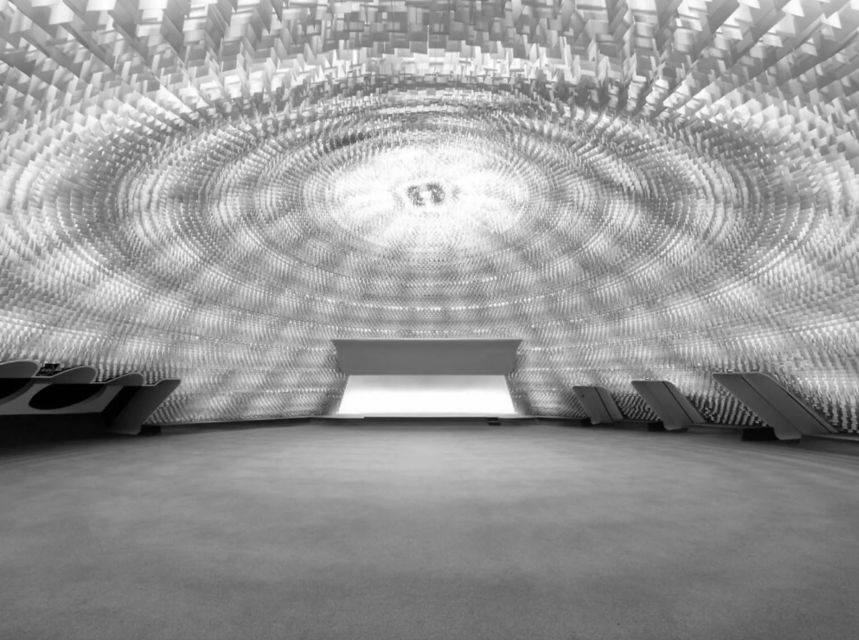
What Are Some Common Misconceptions About Brutalist Architecture?
Misunderstood aesthetics and historical relevance often plague brutalist architecture. Critics overlook its beauty, dismissing it as stark. Yet, these structures hold rich historical significance, embodying a unique artistic expression that demands a deeper understanding.
How Has Brutalism Evolved Over Time and Influenced Modern Architecture?
Brutalism has evolved from its stark beginnings to inspire modern architecture. Its impact lies in the transformation of raw concrete into artistic expressions. The evolution of Brutalism influences contemporary designs, blending boldness with functionality for timeless structures.
Are There Any Controversies Surrounding the Preservation of Brutalist Buildings?
Preservation debate often swirls around Brutalist buildings due to their unique design and cultural significance. Critics question the beauty of these concrete structures, while advocates emphasize their artistic expression and historical importance.
What Role Does Brutalism Play in Shaping Urban Landscapes and City Identities?
Brutalism plays a crucial role in shaping urban landscapes and city identities. Its architectural impact revitalizes spaces, fostering urban regeneration. The cultural significance of brutalist structures adds character to cities, reflecting a unique blend of history and modernity.
How Do Architects and Designers Approach the Challenge of Blending Brutalist Structures With Contemporary Developments in Urban Planning?
Architects and designers blend styles seamlessly by integrating brutalist structures with contemporary urban planning, creating a harmonious balance of history and modernity. Their approach transforms cityscapes, preserving the past while embracing the future.
Final Words
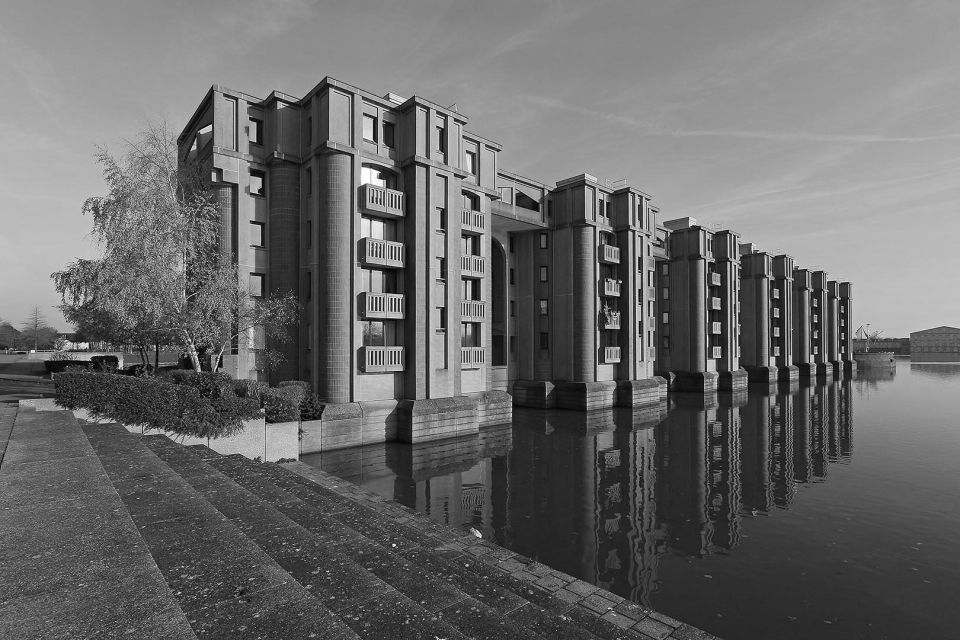
As the sun sets over the city of Paris, the imposing concrete structures of Brutalist architecture stand tall, casting shadows that tell stories of artistic expression and deeper significance.
From the Palace of Justice of Créteil to the Viaduct of Montigny, each building is a testament to the harmonious blend of form and function.
Concrete elegance reigns supreme in this city of architectural marvels, inviting all to appreciate the beauty and artistry of Brutalism.
